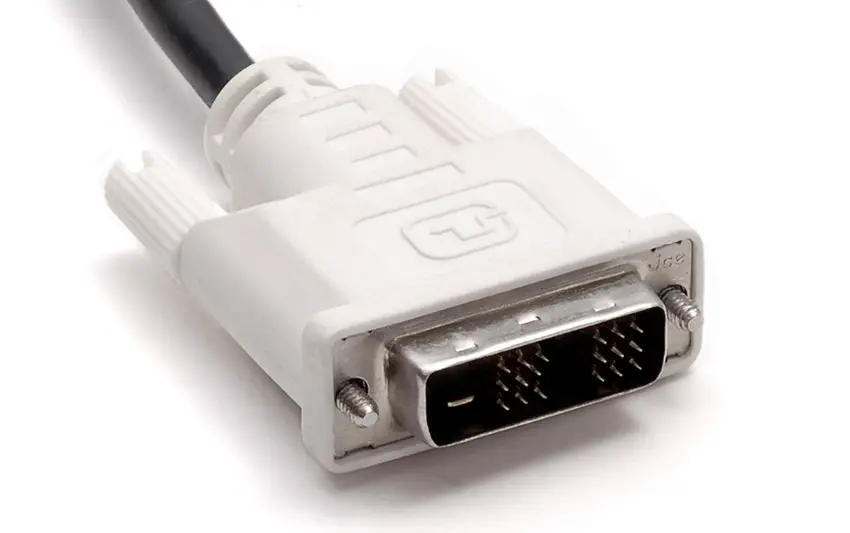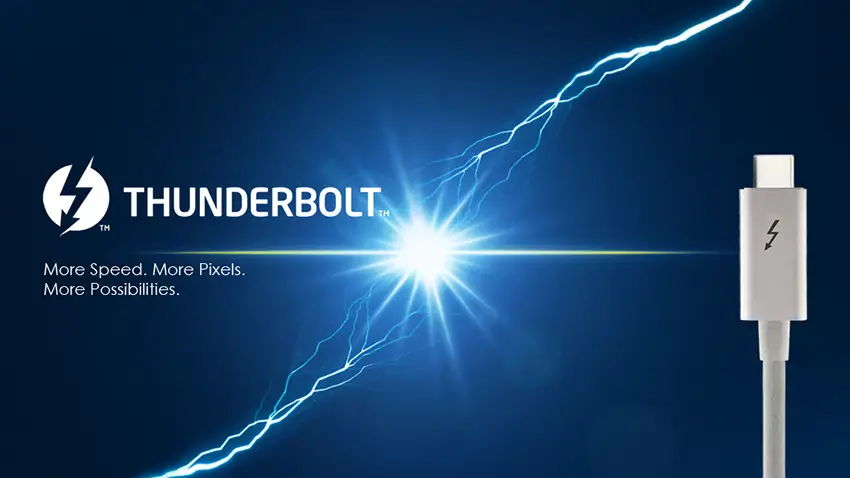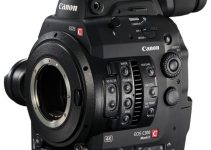There are so many cable standards these days that it can be extremely confusing to know which type to use when you need to tether different video sources and displays on multiple occasions. Ahead Linus Sebastian of Techquickie explores the most frequently utilised display connectors – DVI, VGA, HDMI, DisplayPort, and Thunderbolt.
Even though these ports don’t cover the whole gamut of display connectors that are capable of transferring video data, the video below is a great starting point for those of you who want to know what are the pros and cons of the most popular consumer interfaces used by millions of users on a daily basis.
First things first. The VGA or D-SUB is an analogue connector that is already kind of obsolete piece of technology as of today’s standards, especially considering the functional capabilities of other ports in the list. The interface supports a maximum resolution of 2048 x 1536 at 85Hz. If your current display still provides this option keep in mind that the images won’t look as clean and sharp as you might expect, so choose some of the other available connectivity ports for best results.
The DVI connector, on the other hand, is vastly superior to the VGA, although it also comes with its quirks and limitations. The biggest advantage of this port though is its versatility. For instance, the DVI-D port has pins for an HDMI compatible video signal, whereas the DVI-I can handle a VGA analogue signal. In other words, by using any inexpensive adapter you can tether any DVI, VGA or HDMI display through DVI-I and DVI-D ports.

On top of that, a Dual Link DVI connector supports a maximum resolution of 2560 x 1600 at 60Hz which is indeed an impressive feature for an analogue connector. Keep in mind though that this standard doesn’t support many colour spaces. Just as the VGA, it carries only video signal between devices.
Speaking of newer standards, the HDMI 1.4 and HDMI 2.0 can be found in almost every modern device and video equipment. HDMI 1.4, for instance, supports multi-channel audio, Ethernet data, superior colour depth along with a broad range of video formats (3D formats included) up to 4K at 30Hz. The standard, however, doesn’t provide any locking mechanism, has no support for multiple streams as well as wide 21:9 aspect ratios. The HDMI 2.0 addresses most of the drawbacks of its predecessor, except for the locking mechanism.
As Linus Sebastian highlights, Displayport is almost the complete package you might want to use. It has a locking connector and provides backward compatible with VGA, DVI, and HDMI through the use of passive and/or active adapters. Like the HDMI 2.0, Displayport 1.2 supports a 4K resolution at 60Hz, multiple video streams over a single cable, audio, network and other data signals, stereoscopic 3D, 21:9 aspect ratios and more.
The things get even better with Displayport 1.4 as this standard provides support for 8K video up to 60Hz along with Adaptive Sync capabilities that eliminate lag and screen tearing when dealing with high-quality video and excessive frame rates.
At last, but not least, comes the Thunderbolt interface. Based on the PCI Express and DisplayPort architectures, Thunderbolt allows for high-speed connection of peripherals such as hard drives, RAID arrays, video capture solutions, and network interfaces, and it can transmit high-definition video using the DisplayPort protocol.

Some of these connectors also have mini versions that provide the same functionality. As for the digital display standards such as the HDMI, DisplayPort, and Thunderbolt, there shouldn’t be any image quality differences. DVI, HDMI, and Displayport are easily interchangeable via adapters, whereas Thunderbolt is backward compatible with DisplayPort so it can still be used to connect to DisplayPort devices.
[source: Techquickie]
Disclaimer: As an Amazon Associate partner and participant in B&H and Adorama Affiliate programmes, we earn a small comission from each purchase made through the affiliate links listed above at no additional cost to you.



